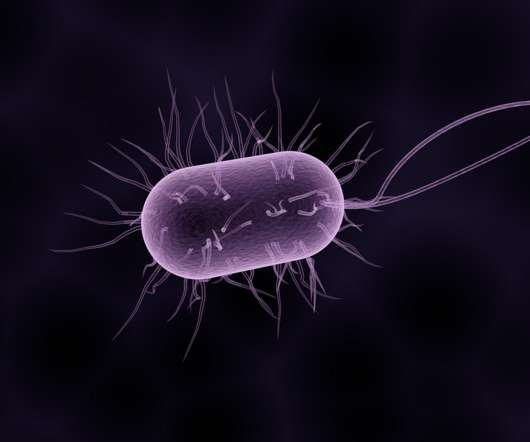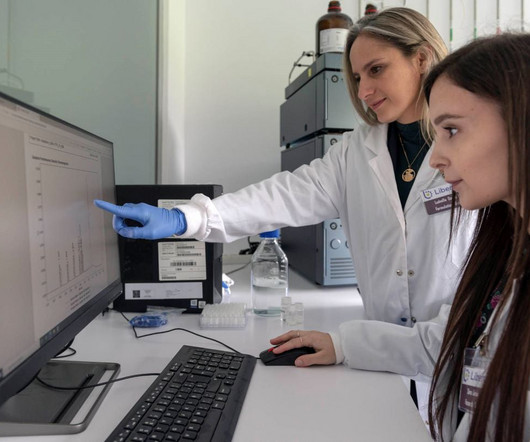Biopharmaceutical Excipient Manufacturing – Current Scenario and Future Trends
Roots Analysis
MARCH 13, 2022
In the last decade alone, the annual number of approvals of biopharmaceuticals (including monoclonal antibodies, recombinant proteins, vaccines and gene therapies), by the US FDA, have steadily risen. Over the years, the rising popularity of biologics has led to a paradigm shift in the healthcare industry. Web: [link].












Let's personalize your content